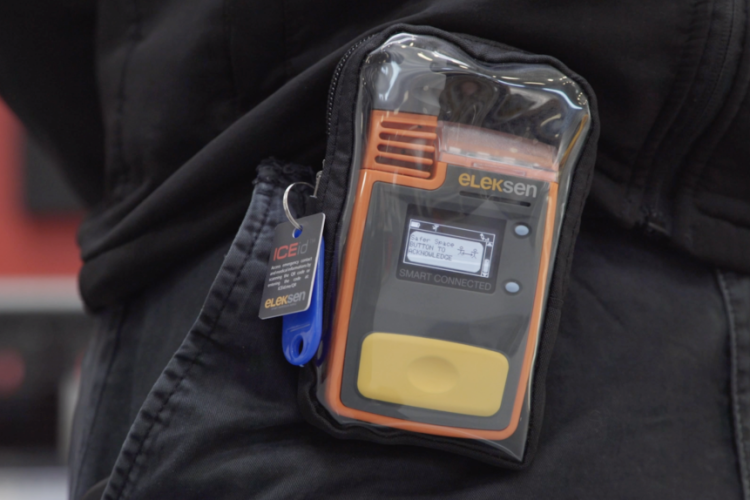UK construction sites were shut down on 26th March 2020 for several weeks to contain the spread of coronavirus. When they reopened, social distancing measures had to be observed this. To help police this, and to demonstrate compliance with new workplace codes, several companies adopted wearable technology – bleepers that sounded an alarm if the wearer got too close to a colleague.
With the easing of social distancing restrictions, these proximity alarms’ moment in the sun may have disappeared for ever – like the telex machine or the eight-track cartridge.
There is clearly a market for machine proximity alarms, to keep people safely out of the way of moving plant, but do we still need proximity alarms to keep people away from people?
The Manufacturing Technology Centre (MTC), backed by the Construction Innovation Hub, thinks the answer might be yes. It is exploring whether personal proximity alarms could have a role to play in construction after Covid.
While the full research has yet to be published, initial results suggest they might.
The team conducted quantitative laboratory evaluations and qualitative user trials at MTC’s own HQ facilities with devices procured from Bump Technologies and Eleksen Wearable Technologies.
Further trials and testing have been carried out with HS2, National Highways and Skanska UK, to explore whether there is any quantifiable data that the technology has a positive impact on wider site safety.

MTC senior research engineer Ian Thompson said: “Although the catalyst for utilising this wearable device was the Covid pandemic, there’s a huge realm of possibility for the technology to positively impact the safety and wellbeing of construction workers more generally. Initial testing and results indicate that it could help to improve, and indeed save, lives.”
According to the Construction Innovation Hub: “This type of technology may have scope to improve general health and safety within construction, for example by potentially reducing the risk of onsite injury related to unintentional safety zone breaches.
“Despite initially being conceived as a solution to social distancing measures as a result of the Covid pandemic, results from the trials suggests that this type of technology may be suitable to play a role for construction sites as a means to improve general safety, as well as to protect against any potential future social distancing measures being reintroduced. Improving the general safety of construction workers on site would help to increase overall performance and ultimately enhance industry’s resilience.”
One of the site studies took place over six months on Skanska’s SAS 13 bridge replacement project in the West Midlands, an HS2 site, where data from the use of ZoneRanger social distancing wearables was gathered.
“Following lockdown, these digital technologies formed part of our strategy to ensure sites could re-open and we could continue delivering great projects to our customers,” said Dylan Roberts, Skanska UK’s director of health, safety, wellbeing and quality.
“This wearable digital technology is just one of the ways in which we’re collaborating with key industry bodies and our customers. Using technology in this way is an example of the ways that our focus on digital production is continuing to deliver improved safety and productivity.”
“Later this year, we’ll be applying this technology further as part of object detection trials to ensure the effective segregation of plant from people on our sites.”
Got a story? Email news@theconstructionindex.co.uk



